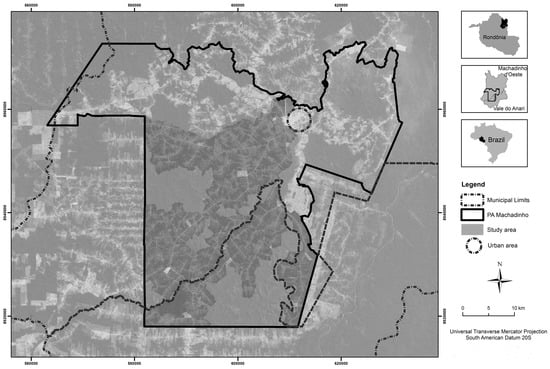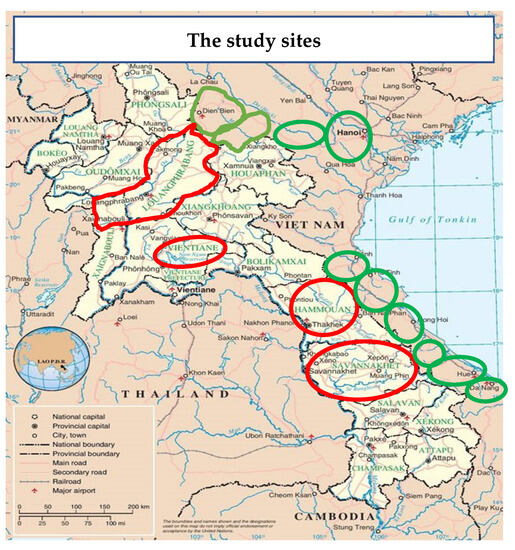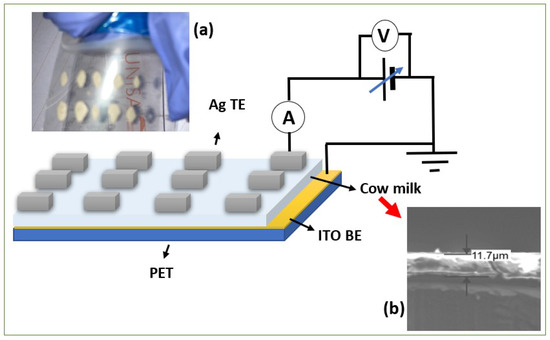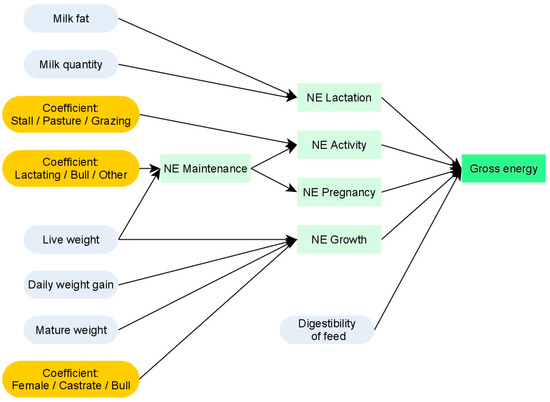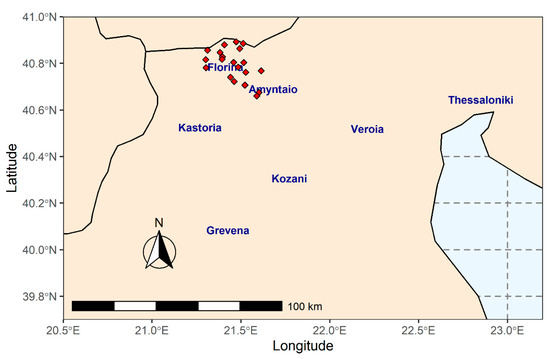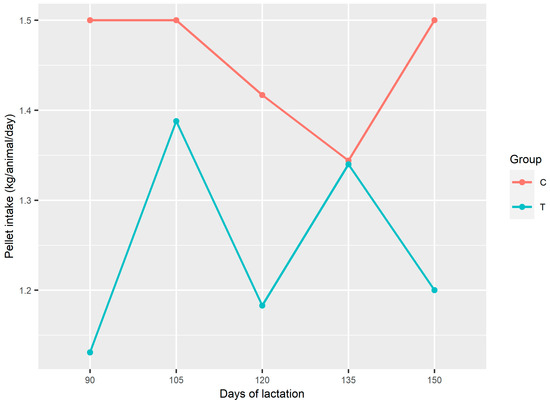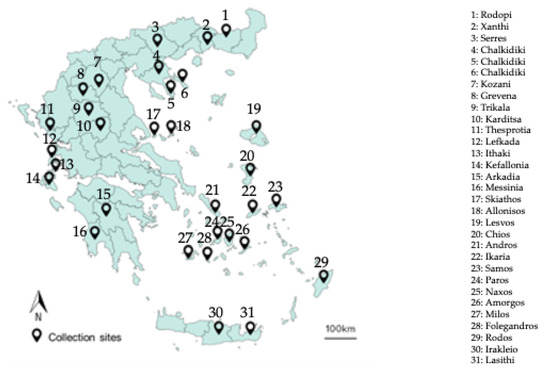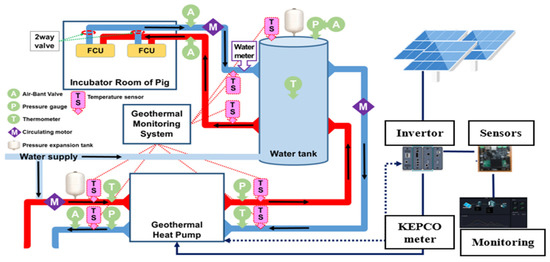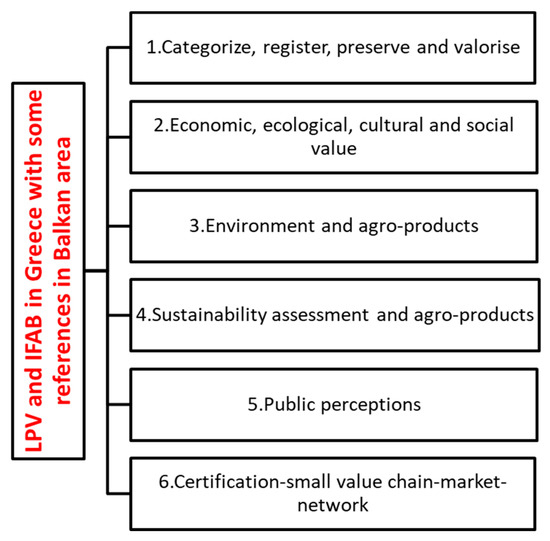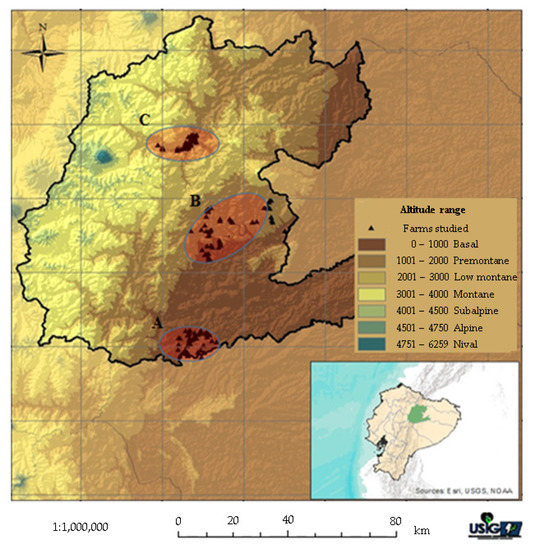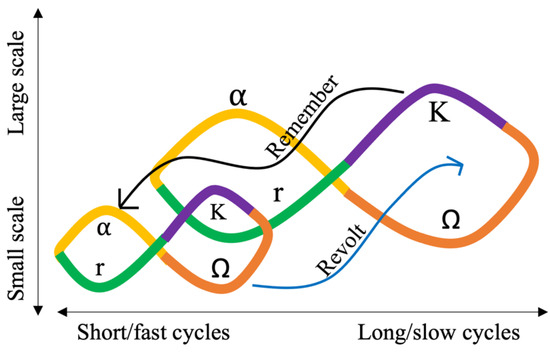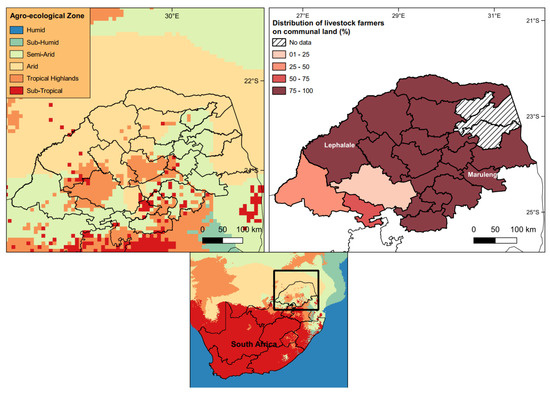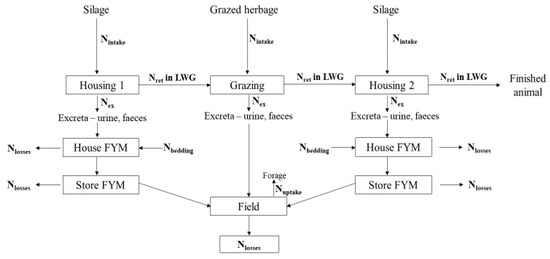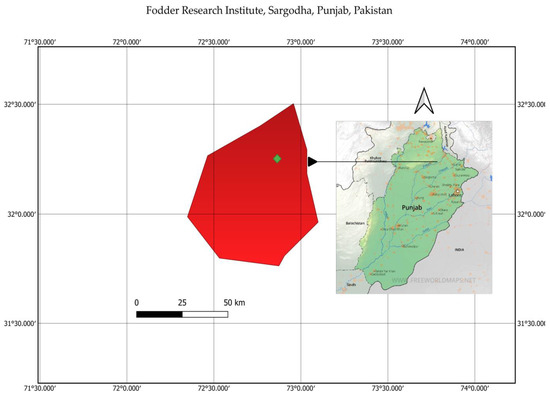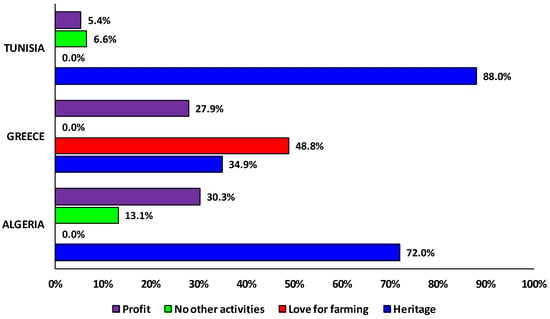Sustainable Livestock Production and Management
A topical collection in Sustainability (ISSN 2071-1050). This collection belongs to the section "Sustainable Agriculture".
Viewed by 100316Editors
Interests: socioeconomic sustainability of livestock production systems; agricultural economics; farm management; agricultural policy; biostatistics
Special Issues, Collections and Topics in MDPI journals
Interests: socioeconomic sustainability of livestock production systems; agricultural economics; farm management; multifunctionality
Special Issues, Collections and Topics in MDPI journals
Topical Collection Information
Dear Colleagues,
As global demand for high quality animal protein is rising, awareness about the sustainability of livestock production systems is constantly increased. Livestock systems are present in marginal territories where local populations focus on subsistence equally with developed territories where competitiveness is the primary target. Under these conditions, farmers are faced with multiple decisions and pathways, and a wide variety of systems emerges, ranging from extensive/subsistence to highly entrepreneurial intensive. Livestock products (milk and dairy; meat; wool and skins) reach consumers through interrelated supply chains—from short/local to globalized—with the involvement of numerous actors. As ongoing research and industry applications explore other options for protein-based food, livestock production faces multiple challenges in terms of economic viability, social acceptability, ecological balance, and sustainable use of natural resources, as well as efficient governance. Holistic approaches are required at all levels (farm, system, landscape, region) in order to assess the sustainability of livestock production systems and propose measures and policies to ensure their viability.
The aim of the Topical Collection is to bring together contributions from a wide range of disciplines relating to the sustainability of livestock production (agricultural economics, rural sociology, livestock production and animal husbandry, rangeland science, food quality, value chain analysis, etc.) in order to highlight transdisciplinary advancements. Contributions sharing results of research projects and real-life industry applications are particularly welcome.
In this Topical Collection, original research articles and reviews are welcome. Research areas may include (but not limited to) the following:
- Socioeconomic analysis of sustainable livestock systems;
- Sustainable management of livestock farms and related natural resources (including land uses);
- Crop–livestock systems;
- Sustainable intensification in livestock production;
- Sustainability assessment in livestock production systems (including Life Cycle Assessment);
- Analysis of resilience and vulnerability of livestock production systems—including Traditional Ecological Knowledge;
- Livestock production and mitigation/adaptation measures to climate change;
- Valorization of value chains of livestock products;
- Gender issues, generational renewal in livestock farms;
- Innovations and best practices for sustainable livestock production systems;
- Farm policies for sustainable livestock systems.
We look forward to receiving your contributions.
Dr. Alexandros Theodoridis
Dr. Athanasios Ragkos
Collection Editors
Manuscript Submission Information
Manuscripts should be submitted online at www.mdpi.com by registering and logging in to this website. Once you are registered, click here to go to the submission form. Manuscripts can be submitted until the deadline. All submissions that pass pre-check are peer-reviewed. Accepted papers will be published continuously in the journal (as soon as accepted) and will be listed together on the collection website. Research articles, review articles as well as short communications are invited. For planned papers, a title and short abstract (about 250 words) can be sent to the Editorial Office for assessment.
Submitted manuscripts should not have been published previously, nor be under consideration for publication elsewhere (except conference proceedings papers). All manuscripts are thoroughly refereed through a single-blind peer-review process. A guide for authors and other relevant information for submission of manuscripts is available on the Instructions for Authors page. Sustainability is an international peer-reviewed open access semimonthly journal published by MDPI.
Please visit the Instructions for Authors page before submitting a manuscript. The Article Processing Charge (APC) for publication in this open access journal is 2400 CHF (Swiss Francs). Submitted papers should be well formatted and use good English. Authors may use MDPI's English editing service prior to publication or during author revisions.
Keywords
- sustainability
- economic performance
- competitiveness
- sustainable use of rangelands
- short value chains
- pastoralism








